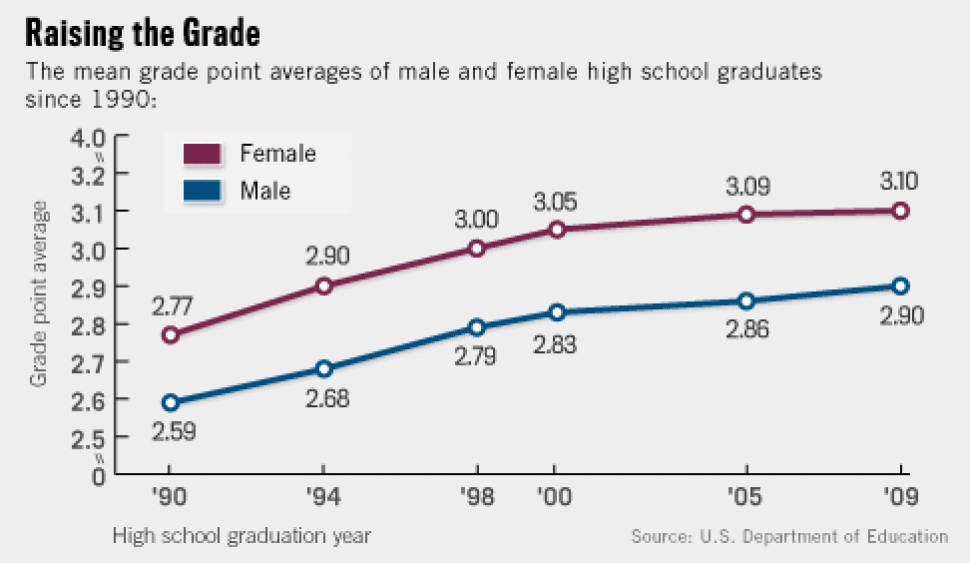

qualifications on entry into higher education.the provider at which the graduate was registered.The OfS used statistical modelling of individual-level graduate data to estimate expected patterns in degree classification attainment between 2010-11 to 2020-21, accounting for the following graduate characteristics (explanatory variables):.The analysis included degrees awarded by 143 universities, colleges and other higher education providers.The term ‘unexplained’ in the analysis means that changes in attainment since 2010-11 cannot be statistically accounted for by changes in the characteristics of the graduating cohort in terms of the explanatory variables included in the statistical modelling.
#Igrade inflation university registration#
We now have new conditions of registration in force and we will be publishing more details about our plans to investigate these issues shortly.' Read our latest analysis of grade inflation Where this is not the case, the OfS has always said we are prepared to take action. 'It is essential that students, employers and graduates can have confidence that degrees represent an accurate assessment of achievement, with credible and reliable qualifications which stand the test of time. However the sustained increase in unexplained firsts awarded continues to pose regulatory concerns for the OfS. 'Our report is clear that there are a variety of reasons – including improved teaching and learning – that could lead to an increase in the rate of firsts awarded. But grade inflation has been a real credibility issue for the sector for some time and the pandemic cannot be used as an excuse to allow a decade of unexplained grade inflation to be baked into the system. 'We know that universities and colleges used ‘no detriment’ policies to respond to the exceptional set of circumstances caused by the pandemic. Unmerited grade inflation is bad for students, graduates and employers, and damages the reputation of English higher education. 'This report starkly demonstrates the scale of increases in degree classifications in our universities and colleges. Susan Lapworth, interim chief executive at the OfS, said: The average rate of firsts for those entering with A-levels DDD and below has increased more than five-fold, from 5.3 per cent to 28.5 per cent. In 2020-21, 60.8 per cent of students with three As and above at A-level received a first class degree, compared to 33.5 per cent in 2010-11.



 0 kommentar(er)
0 kommentar(er)
